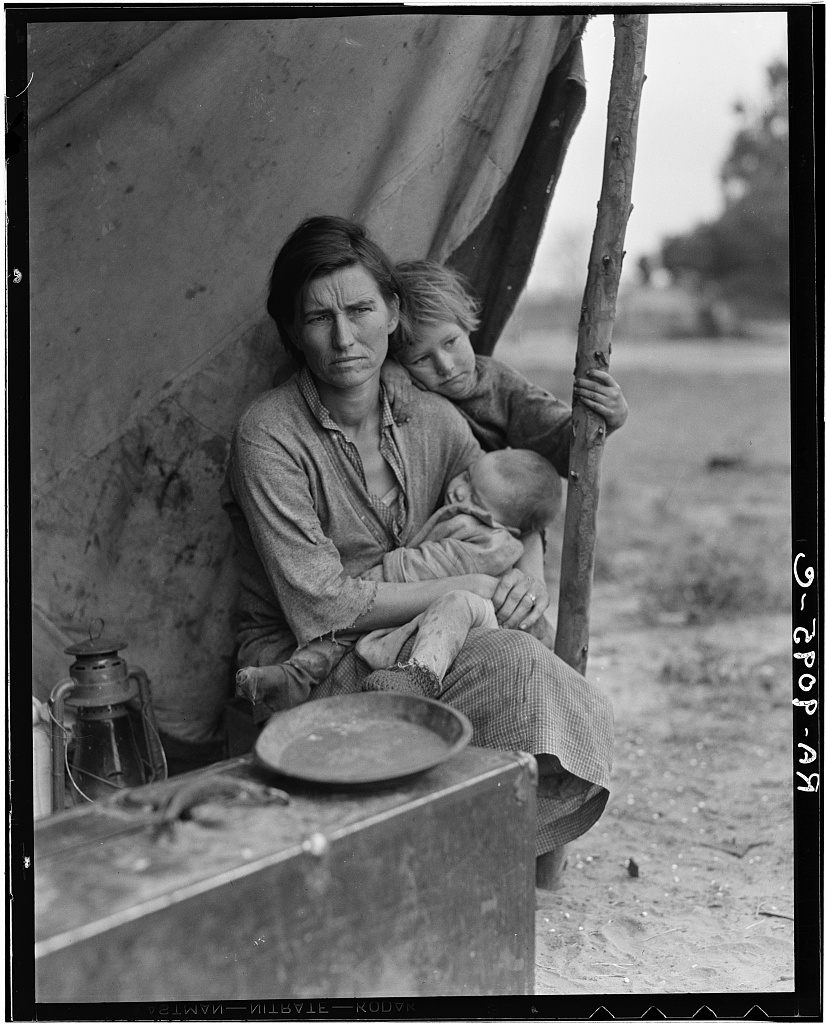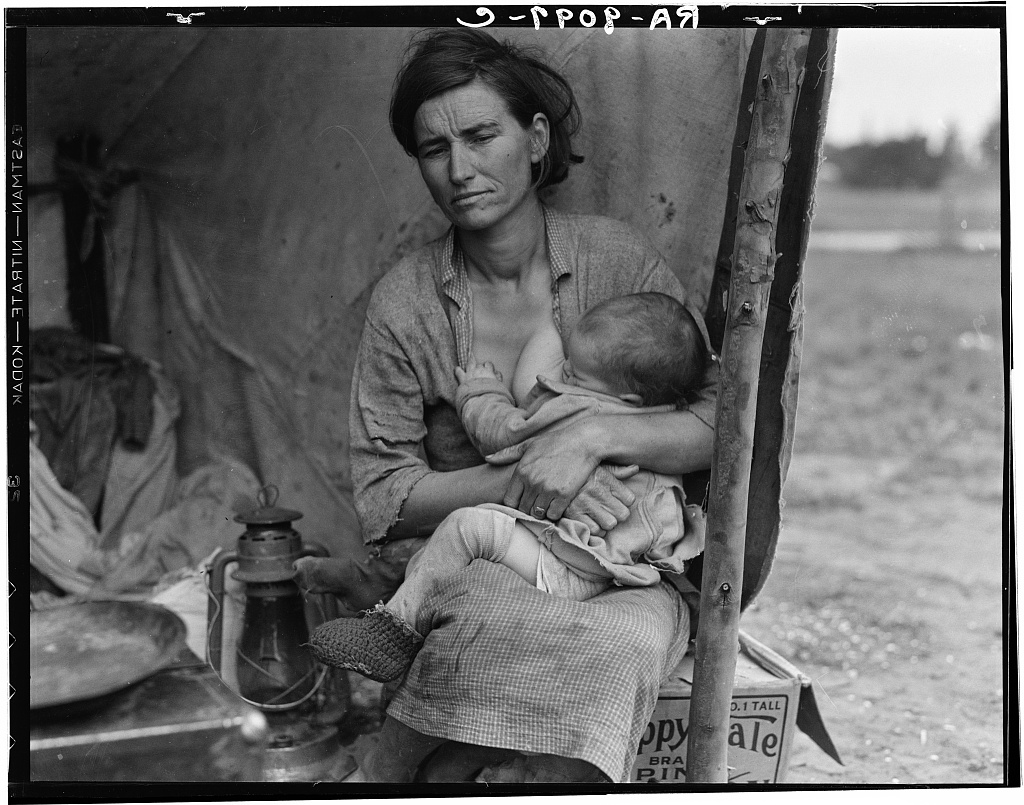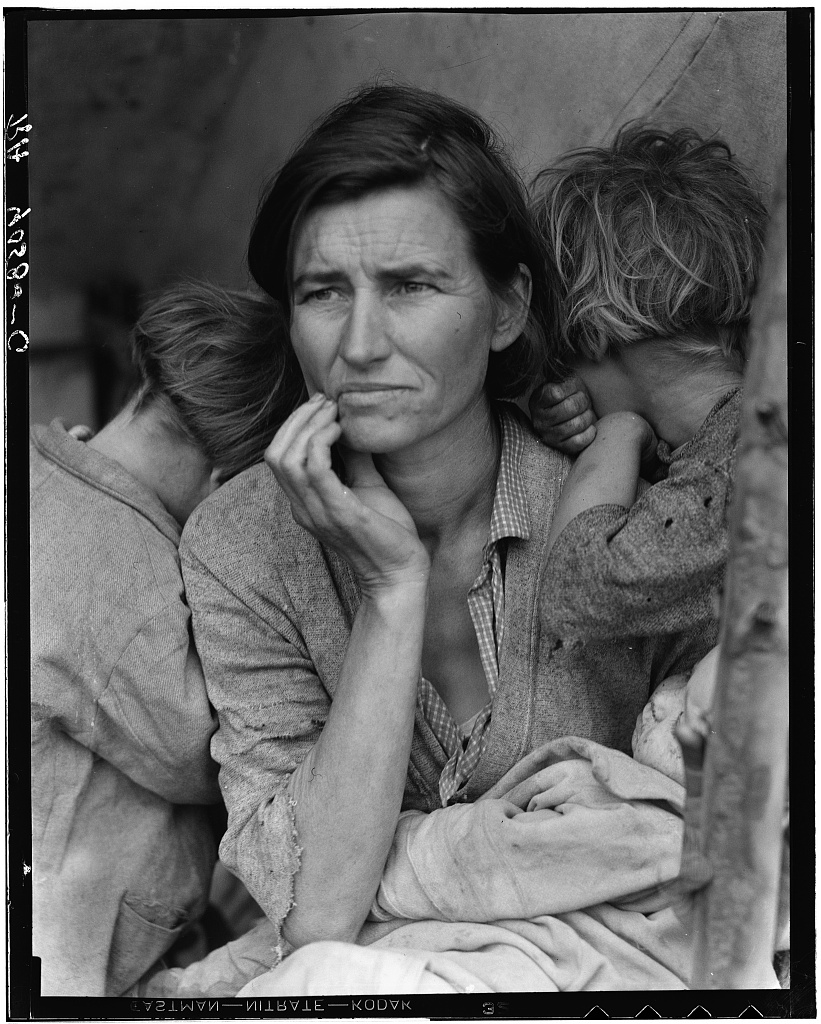“The camera is an instrument that teaches us how to see without the camera.”
-Dorothea Lange
In a world where I am exposed to hundreds of images on a daily basis, I find myself often guilty of becoming immune to the power of photography. Allow me to explain.
I am a member of multiple photography groups within social media, and although I have the incredible privilege of viewing samples of thousands of amazing photographers’ works, often I get numbed to it all. I suppose this is probably only a natural result of our digital age. We have such incredible resources literally at our finger tips and in our pockets; at a moment’s notice, we can research images and tips that it might have taken weeks or months of research to find in the past. Within these groups, photographers openly share samples of their favorite images, photographs they are truly proud of. They receive critiques and tips instantly as to what could make their photographs stronger. And somehow through it all, I find myself growing numb. Whereas a breathtaking photograph may have stopped me in my tracks in the past, holding me in its grip, too often I find myself simply clicking ‘like’ and moving on to the next beautiful image.
I don’t really know if I have a point by writing this all out. Perhaps it is only to remind myself the power a photograph can have. Perhaps I am simply trying to hash out in my mind what it is I want to express in my own photographs.
I have recently been going through a book on Dorothea Lange, and I would simply like to leave this ambiguous post with a few quotes and thoughts that I have been mulling over. Please allow me to reshare a few iconic images that you have probably seen before, Dorothea Lange’s famous Migrant Mother images.


These images are part of a 6-photograph series Lange took called Migrant Mother. ‘I did not ask her name or her history. She told me her age, that she was 32. She said that they had been living on frozen vegetables from the surrounding fields, and birds that the children killed. She had just sold the tyres from her car to buy food. There she sat in that lean-to tent with her children huddled around her, and seemed to know that my pictures might help her, and so she helped me. There was a sort of equality about it. The pea crop at Nipomo had frozen and there was no work for anybody. But I did not approach the tents and shelters of other stranded pea-pickers. It was not necessary; I knew I had recorded the essence of my assignment.”


I have been fortunate to have seen these images throughout my life. The are iconic among American culture. And yet until I read this quote, I had never stopped in my tracks. 32. She was only 32. My age.


And suddenly my perspective is reawakened.
Her face is worried and tired, lined with years of hardship and misfortune. Her children cling to her, their rock and security. She holds them in her strong arms, yet her eyes are distant, not in the moment. What is going through her mind?
Today, my own children cling to me. Yet I find the luxury to be able to sit with them as they cry and play with them, as much as our hearts desire. If I find a line etched onto my face, it becomes a worry to me…it is not there from years of worrying. My children are often dressed in homemade clothes as well, yet it is not out of necessity. It is a hobby.
Though we may be the same age, we have lived completely different lives in very different worlds.
I live a life of extremely good fortune. I am exposed to so many wonderful thoughts and images every day. I live in a time when the world feels so unsettled. Perhaps it is, yet as I look again at this image, at this mother my age with children of similar age, I see a world of different opportunities available. Life is not perfect and will never will be. But I am thankful for what I do have, and I hope to never lose perspective of how blessed I have been.
Photographs hold the power to stop people in their tracks and cause them to question their own approach to life. The camera teaches me to look for the stories. All people have them. There is always the temptation to only photograph the beautiful. It is true that there is so much beauty to photograph–I hope to always be aware of it. Yet life is so much more than just the picturesque moments. Life is made up of moments that break us, cause us to question ourselves, to mourn…and hopefully eventually we pick ourselves up again and realize we are stronger. Not all stories are beautiful moments, but all stories have the potential turn out beautifully. Some do. Some don’t. But they are stories worth documenting just the same. I hope as you read this that you aspire to value these moments of your life just as much as the picturesque. They are still a part of our lives.
My personal challenge is to not only view my own life in this way, but to also see the stories of those around me, the incredible lives behind them both with and without the lens. I long to be able to see without the camera.
For further reading on the life behind Migrant Mother, please see this link.
And a few other Dorothea Lange quotes to ponder:
“While there is perhaps a province in which the photograph can tell us nothing more than what we see with our own eyes, there is another in which it proves to us how little our eyes permit us to see. “
“The people who are garrulous and wear their heart on their sleeve and tell you everything, that’s one kind of person, but the fellow who’s hiding behind a tree and hoping you don’t see him is the fellow that you’d better find out why.”
“Seeing is more than a physiological phenomenon… We see not only with our eyes but with all that we are and all that our culture is. The artist is a professional see-er.”
Christina Freeman specializes in family, newborn, children and maternity portraits in the Dallas, TX and surrounding areas including Lewisville, The Colony, Richardson, Addison, Plano, Prosper, Frisco, Allen, Wylie, McKinney, Princeton, Little Elm, Melissa, Anna and other Dallas suburbs.
Contact me | Learn more about a session | Follow me on facebook



